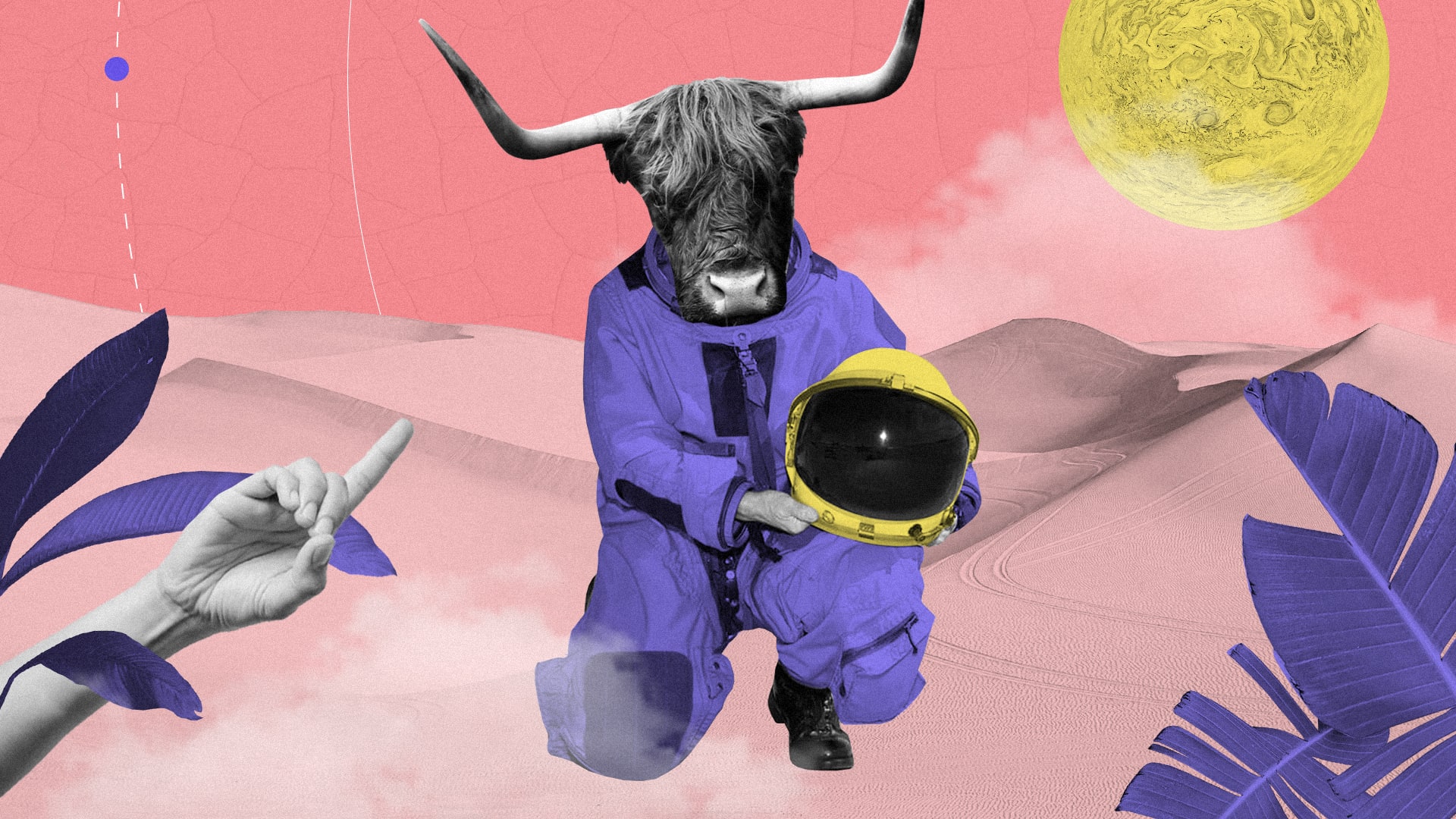ChatGPT's risks and pitfalls: what you need to know before implementing it in your product
The buzz surrounding ChatGPT is significant. Some experts in the software development industry view it as a blessing that will significantly reduce development costs and make coding more accessible. Others perceive OpenAI’s product as a tsunami that could potentially devastate the software industry. However, it is still too early to make a definitive statement about its impact. Like any other tool, this one is prone to numerous risks. In this article, we will list the most significant ones that I believe are relevant to using ChatGPT (or similar tools based on language models) in digital products.

Table of contents
Bias as one of the biggest risks of ChatGPT
ChatGPT can be influenced by the biases present in the data it was trained on, which can result in the display of certain biases in its responses. The quality of the answers generated by the tool is only as good as the data used to train it. Therefore, if we train the system on biased data, we will likely obtain biased results.
Security and privacy concerns
Security and privacy concerns are important when using ChatGPT because it has access to a significant amount of data, which can raise privacy issues. OpenAI assures users that the data input into ChatGPT is secure and confidential, particularly if it includes sensitive or confidential information. However, all data entered into the chat can be used by the engine to improve its performance and accuracy. Personal information will not be stored by the chat, but it will be used to train the program. Therefore, some information should not be used with ChatGPT, just in case.
Using the ChatGPT engine through an API is an exception, as the data will not be used to train the model. It will still be stored in the cloud, but it is as secure as the cloud used by the API. OpenAI’s latest model update allows users to turn off chat history and decide which content will be used to train the model and which can be kept private.
Despite its potential as a tool to enhance certain products, ChatGPT currently has some notable technical limitations. To name just a few that we have recently experienced while working on some products and integrations:
- ChatGPT 3.5 only offers 4096 tokens, which roughly translates to 3150 words in English or 2048 in French or Spanish. This severely limits its customization potential. While version 4.0 will bring more tokens, their number will still be very limited.
- Integrating ChatGPT into a product may require significant computing resources and data storage, which could be problematic for real-time usage by many users.
- ChatGPT’s understanding and interpretation of data depends on the quality and consistency of the data used to ‘feed’ the model. Incomplete or erroneous data can decrease its accuracy, resulting in ‘hallucinations’ where it generates incorrect responses that are not understandable to the user.
ChatGPT risks and regulations
ChatGPT and other AI language models are tools that can be used in various ways, including intentionally misleading people. However, it’s important to note that it’s not the tool’s fault; how it is used depends on who trains the model. Some countries or organizations, such as the European Union, may be more strict when it comes to regulations. ChatGPT is already subject to regulations in the EU to address concerns related to privacy, transparency, and accountability. If OpenAI intends to market and sell the technology within the EU, it may need to ensure that ChatGPT complies with the regulations, or make changes to the technology to avoid breaking the rules.
However, the specific impact of regulations on ChatGPT’s development will depend on various factors, such as how the technology is used and marketed, and the specific details of the regulations as they are finalized and implemented. Therefore, it’s important to monitor these developments and make any necessary adjustments to ensure compliance.
Copyright pitfalls of ChatGPT
ChatGPT relies heavily on the vast amount of data it’s trained on to generate responses. However, the tool does not cite the sources of the data it’s using, which raises concerns about potential copyright violations. While this may not be a significant issue if ChatGPT is used solely for informational purposes, it becomes problematic when the tool is used commercially. As a result, there may be a need for tighter regulations around the use of ChatGPT to address these concerns and prevent potential copyright infringement.
OpenAI’s ChatGPT technology is not without its risks and pitfalls, but its impact on the software development landscape is undeniable. Developers need to be aware of the limitations of the technology, such as its limited token capacity and potential computing resource requirements. It is important to consider the ethical implications of using AI-powered chatbots, and ensure that they are transparent in their interactions with users. While there may be challenges in implementing ChatGPT, it is clear that it has the potential to revolutionize the way companies build and interact with digital products.
Share this article:









